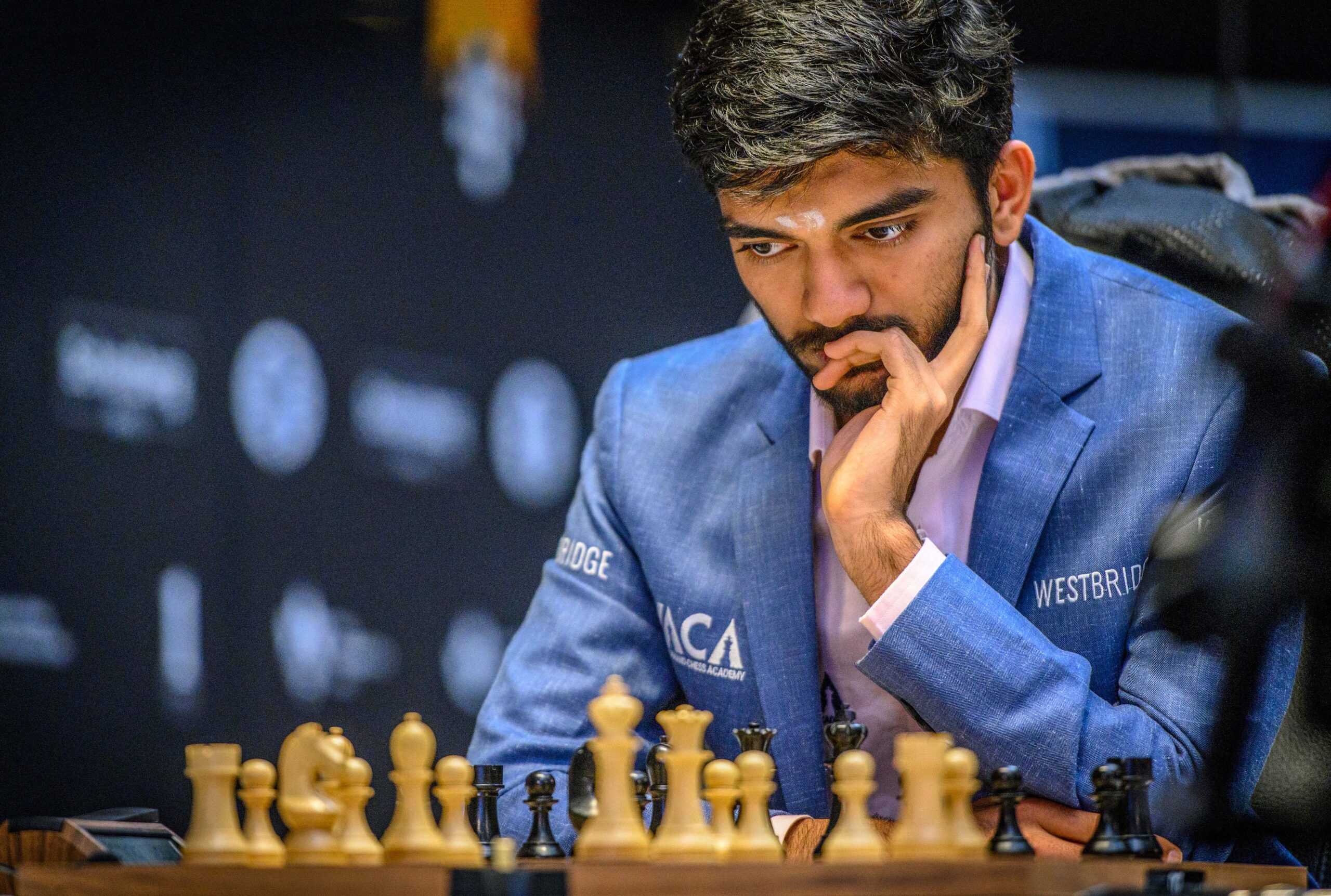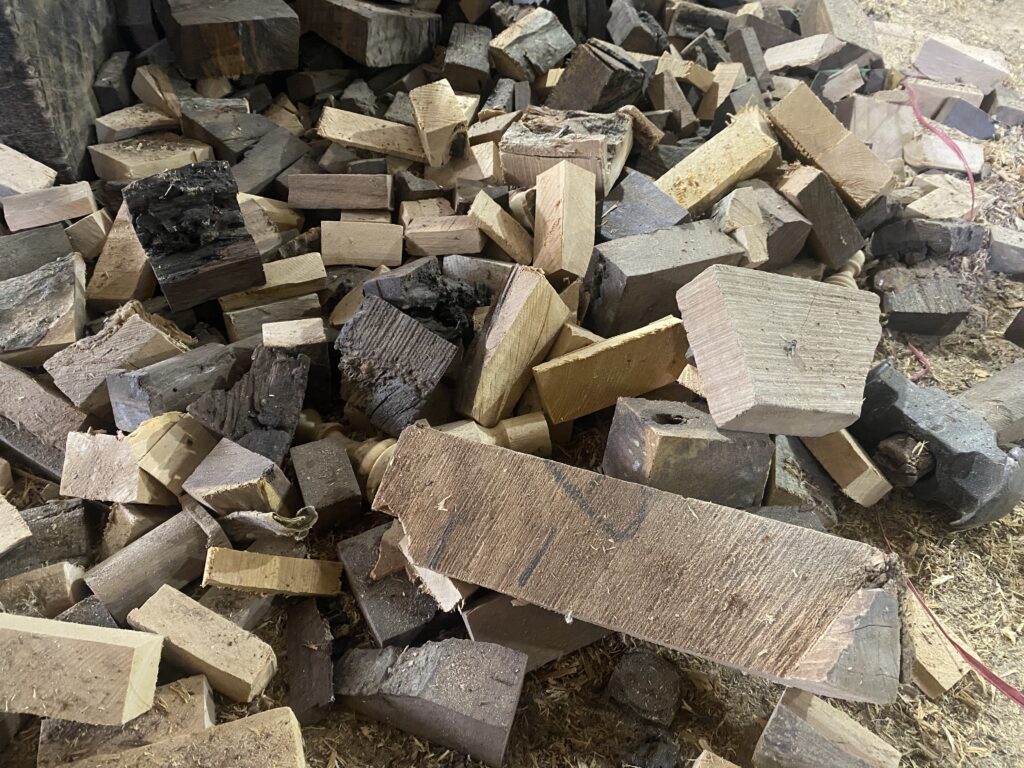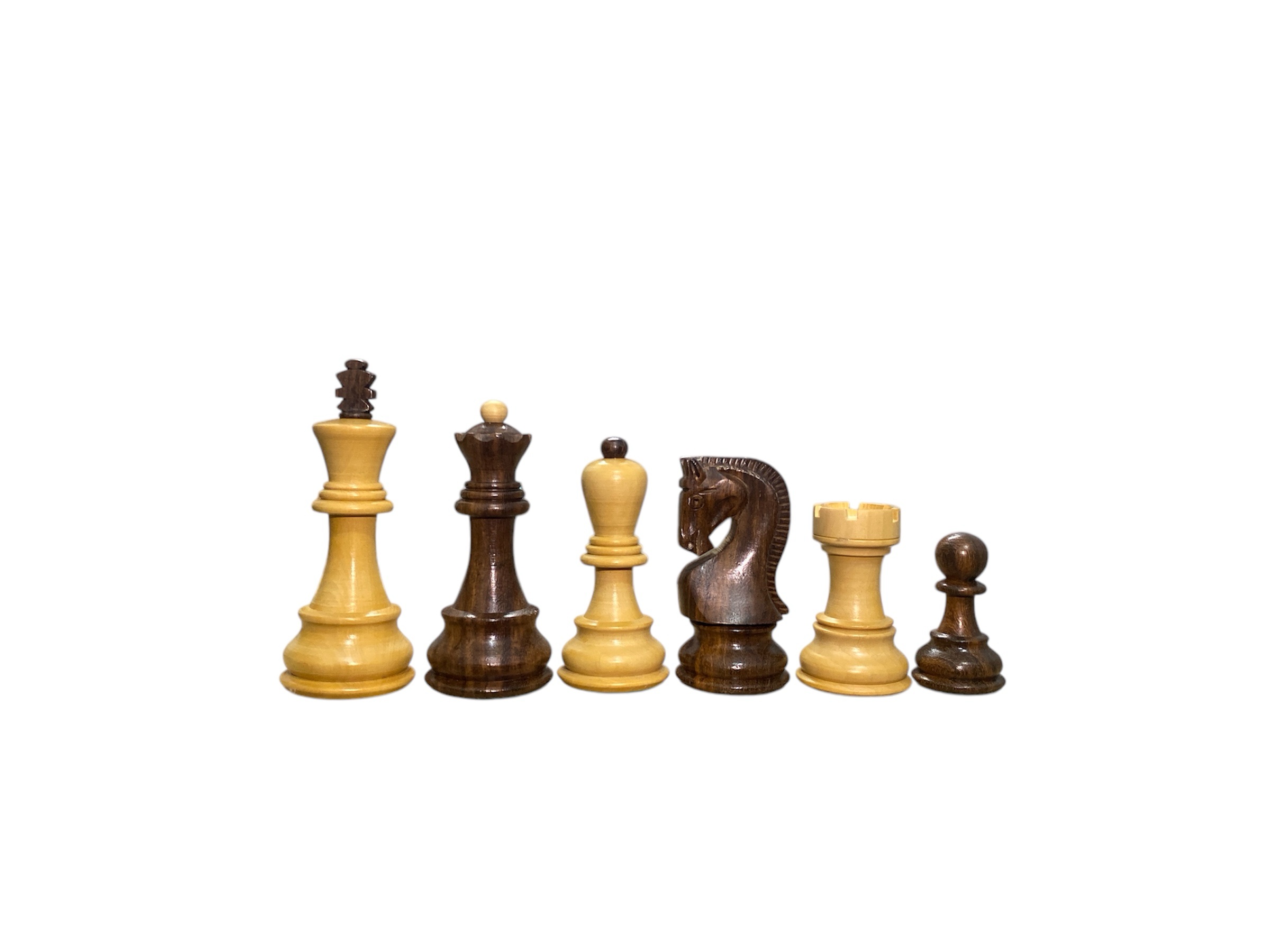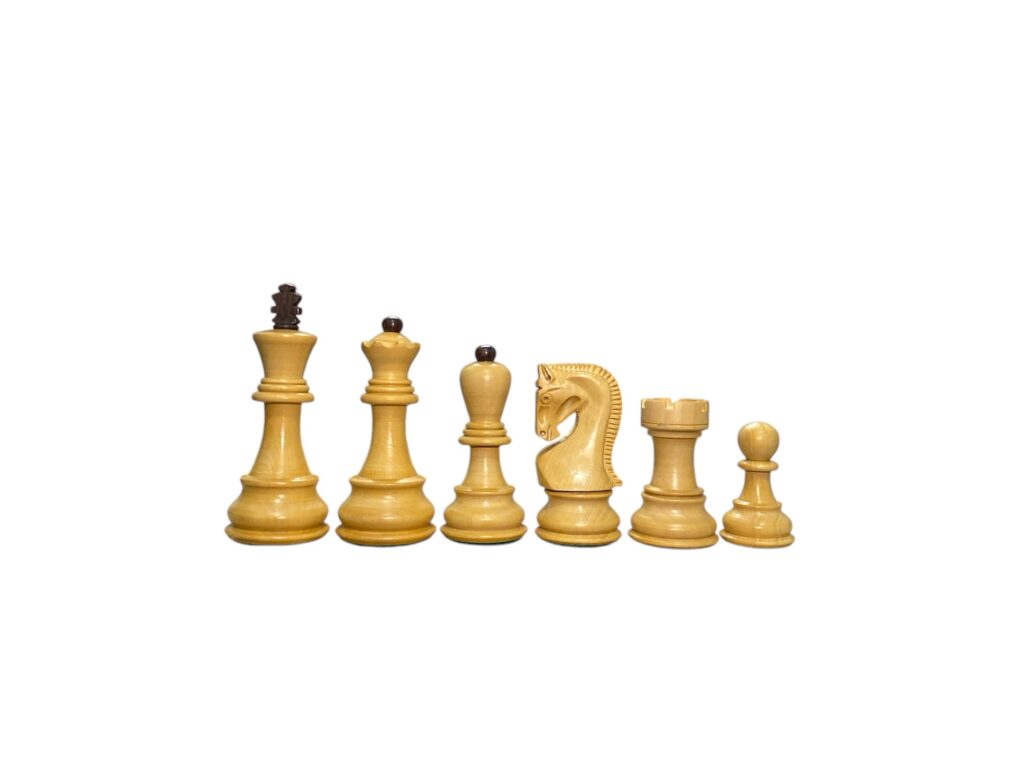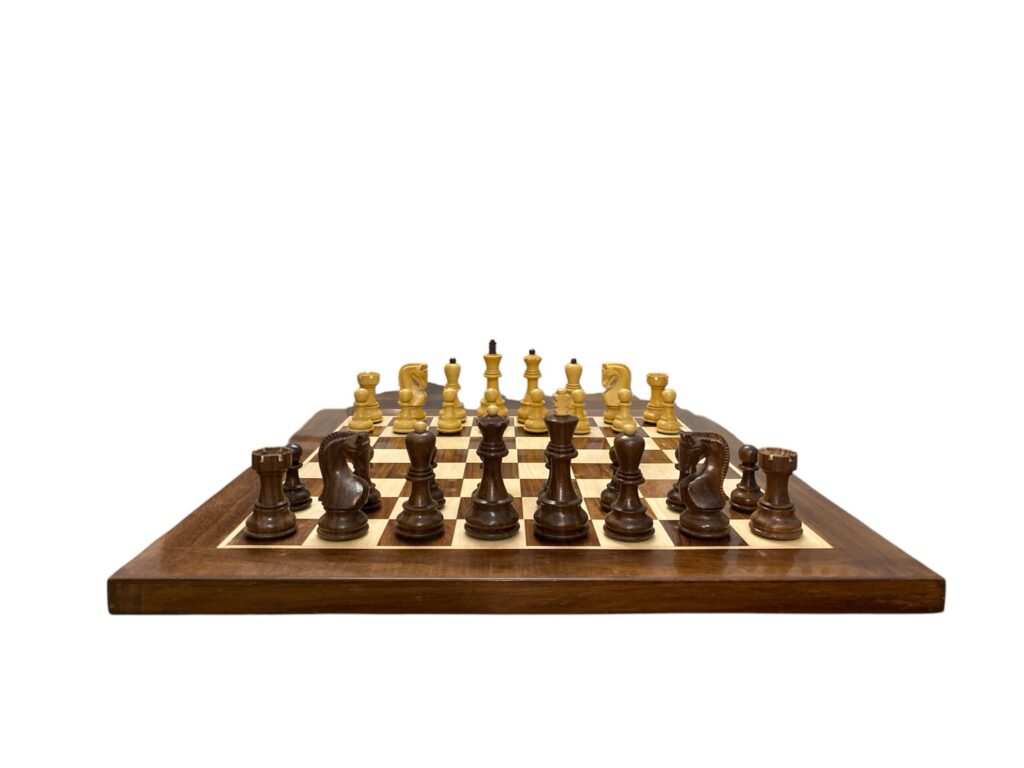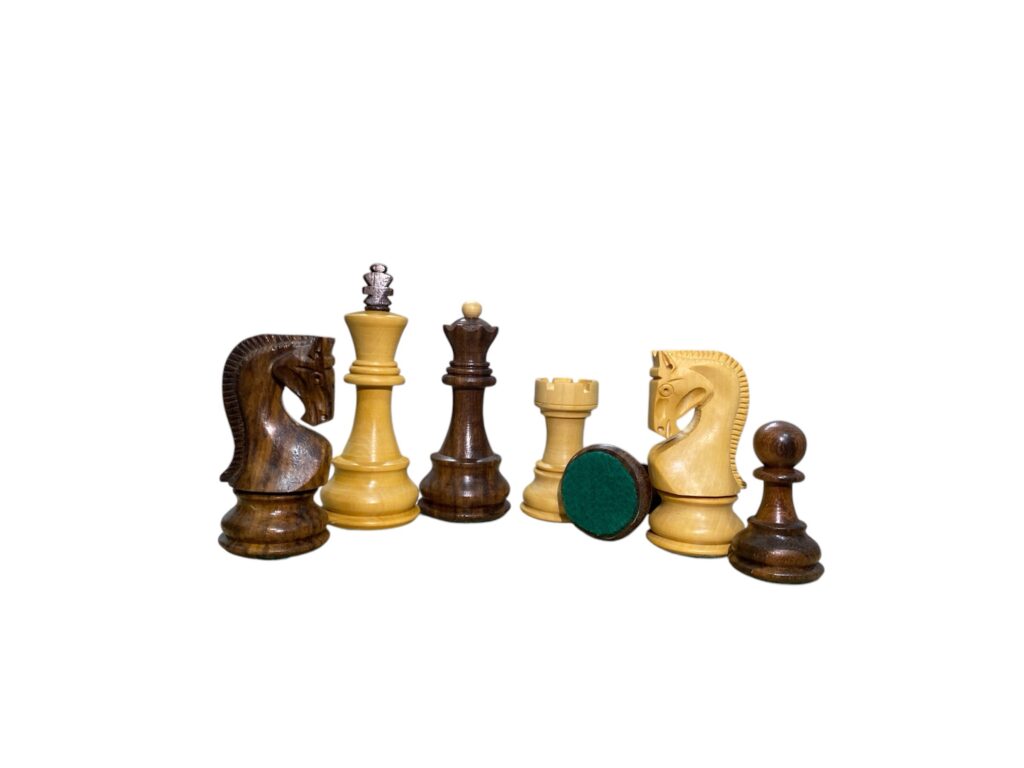The Impact of Early Chess Training on Brain Development in Children
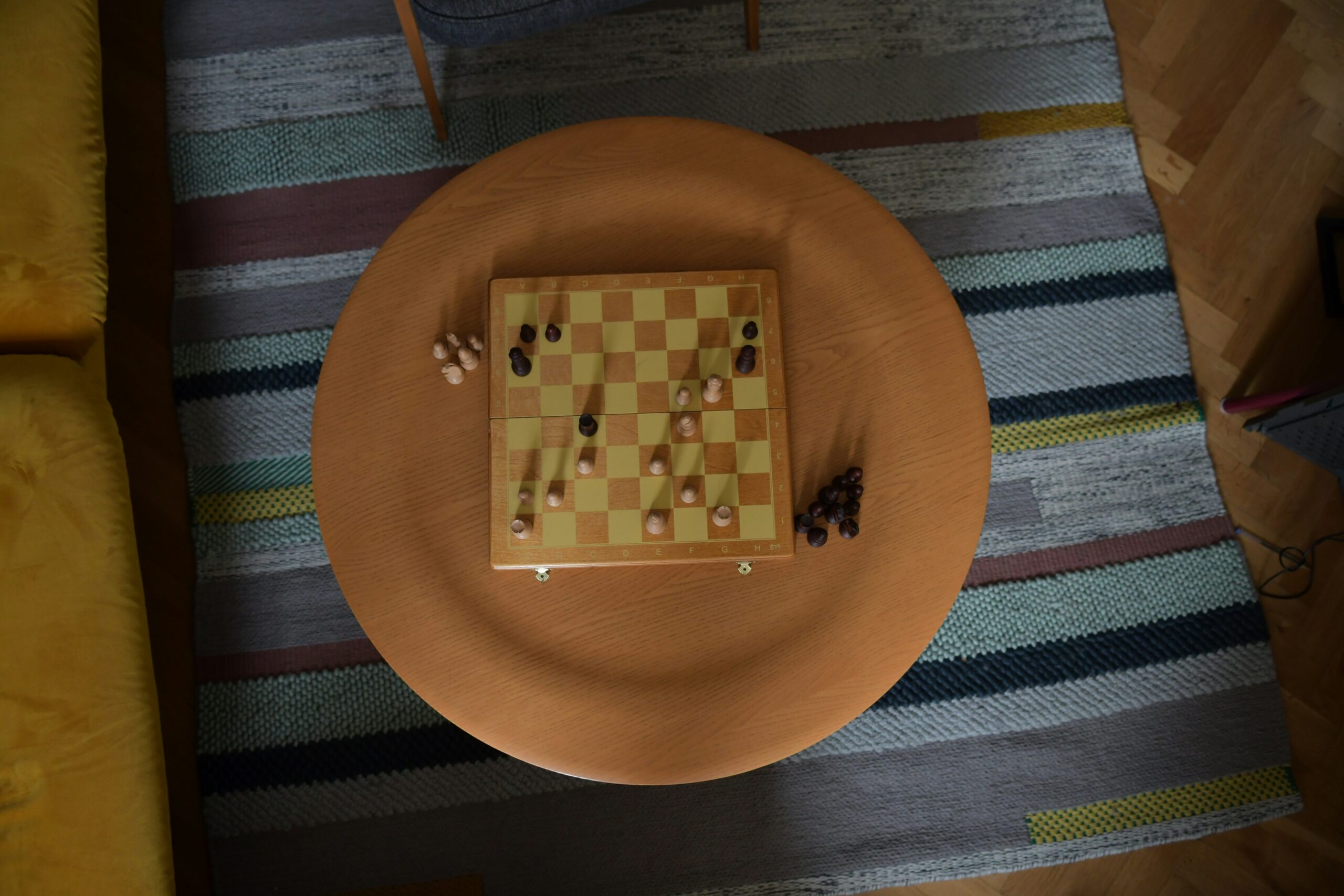
Introduction to Chess and Child Development
Chess has long been recognized not only as a classic game of strategy but also as a powerful educational tool that can significantly contribute to cognitive development in children. Historically, chess has existed for centuries, evolving from various forms of play across different cultures. Its intricate nature requires players to think critically, anticipate opponents’ moves, and devise complex strategies. This combination of skills makes chess an exemplary activity for developing a child’s intellectual capabilities.
In recent years, the dialogue surrounding early childhood development has gained momentum, underlining the significance of engaging children in activities that promote cognitive enrichment. During early childhood, the brain is remarkably malleable and receptive to new information. This period is crucial for establishing the foundational skills required for problem-solving, emotional regulation, and creative thinking. By introducing chess to children at a young age, parents and educators can harness this developmental window to cultivate essential skills that extend beyond the chessboard.
Playing chess encourages children to improve their concentration and memory while fostering logical reasoning skills. As they engage with the game’s mechanics, children learn to evaluate different scenarios, assess risks, and make decisions based on outcomes. Furthermore, chess also encourages emotional resilience, teaching children how to navigate losses and learn from mistakes. Research has indicated that children who participate in chess training often show improvements in mathematical and reading skills, suggesting that the benefits experienced from engaging with this game extend well into academic performance.
As we delve deeper into the impact of early chess training on brain development in children, it becomes increasingly clear that the benefits are multifaceted. Chess serves as a gateway to enhancing a child’s intellectual growth and personal development, making a strong case for its inclusion as an essential educational tool.
Cognitive Benefits of Playing Chess
Chess is widely recognized for its potential to foster cognitive development in children. Engaging in this strategic board game encourages players to hone various skills, including problem-solving, critical thinking, and memory enhancement. These skills are essential not only in chess but also in academic settings and everyday life.
Research has shown that children who participate in chess activities often demonstrate significant improvements in their problem-solving abilities. The game requires players to think several moves ahead, anticipate their opponent’s actions, and devise strategies to achieve victory. Such strategic thinking nurtures a child’s capacity for analyzing complex situations and making informed decisions, critical skills that translate to better performance in subjects like mathematics and science.
Furthermore, the act of playing chess cultivates critical thinking skills. Players must evaluate various possible outcomes from different moves, assess the strengths and weaknesses of their position, and adapt their strategies accordingly. This process enhances a child’s ability to think independently and critically evaluate information, which is increasingly important in our information-saturated world.
Enhanced memory is another cognitive benefit associated with chess training. Memorizing the rules and moves of the game, as well as remembering opponents’ strategies, exercises a child’s memory significantly. Studies indicate that children who play chess regularly exhibit improvements in both short-term and long-term memory recall. This enhancement is especially beneficial for academic learning, where retaining information and understanding varied concepts is vital.
In summary, the cognitive benefits derived from playing chess are substantial. By fostering problem-solving skills, enhancing critical thinking, and improving memory, chess serves as a powerful tool for cognitive development in children, equipping them with skills that extend far beyond the chessboard.
Chess and Academic Achievement
Research has consistently indicated a positive correlation between chess training and academic performance among school-aged children. Numerous studies have explored how the cognitive skills developed through playing chess can translate into enhanced capabilities in various academic subjects, particularly mathematics and reading. This relationship stems from the fact that chess requires critical thinking, problem-solving, and strategic planning—skills that are also essential for academic success.
A notable study conducted in Spain assessed the academic performance of students who participated in a chess program compared to their peers who did not. The findings revealed that children engaged in chess demonstrated significant improvements in mathematics scores. The mental exercises involved in chess, such as calculating moves and assessing possibilities, mirror mathematical reasoning. Consequently, this extracurricular activity aids students in grasping complex mathematical concepts.
Furthermore, chess has been linked to enhanced reading skills. A comprehensive analysis published by the University of Maryland highlighted that children exposed to chess training exhibited a marked improvement in reading comprehension and vocabulary. This enhancement is likely due to the increased attention and discipline required in chess, which fosters better focus and retention when applied to reading tasks. Additionally, the narrative components often found in chess scenarios encourage imaginative thinking, which is critical for developing a robust reading proficiency.
Overall, the interplay between chess and academic achievement reveals that the structured learning environment of chess promotes essential skills that contribute to success in school. The ability to think ahead, strategize, and adapt is crucial not only in chess but also in academic settings. As educators and parents consider extracurricular activities for children, the evidence increasingly supports the inclusion of chess training as a valuable component of a comprehensive educational framework.
Social Skills Development through Chess
Chess is often perceived as an individual endeavor, yet it serves as a profound platform for social interactions among young players. Children engaged in chess are not only challenged intellectually but also encouraged to develop essential social skills that have lasting benefits in their daily lives. The structured nature of chess provides a unique environment where players learn to communicate effectively, collaborate with peers, and practice good sportsmanship.
One of the primary social benefits of playing chess is the enhancement of communication skills. During a game, young players must articulate their strategies and reasoning as they progress through various stages of play. This dialogue encourages them to both express their thoughts clearly and listen attentively to others, fostering an atmosphere of mutual respect and understanding. Whether it is through friendly matches or organized tournaments, players often engage in discussions about tactics and moves, creating an interactive experience that cultivates verbal skills vital for personal and academic relationships.
Furthermore, chess promotes collaboration among players. In many chess clubs or training sessions, children often engage in teamwork, analyzing games together and sharing insights about various approaches. Such cooperative learning not only enhances their understanding of the game but also nurtures a sense of camaraderie that can lead to lasting friendships. These interactions teach children how to work together towards common goals, reinforcing the importance of teamwork and collective problem-solving.
Moreover, chess imbues players with sportsmanship, an essential social principle. Losing and winning are integral aspects of chess, and young players learn to handle both outcomes gracefully. They develop resilience and the ability to accept defeat, which instills important values such as humility and empathy. Overall, the social interactions cultivated through chess significantly contribute to the development of well-rounded, socially adept children who are better prepared to navigate their social environments effectively.
Emotional and Psychological Growth
Engaging in chess from an early age offers distinct emotional and psychological benefits that significantly contribute to children’s overall development. One of the cornerstone attributes cultivated through chess is resilience. As children navigate the complexities of the game, they inevitably encounter losses and setbacks. Learning how to cope with defeat fosters a sense of perseverance, encouraging young minds to view failure as a part of the learning process rather than an insurmountable obstacle. This adaptation of thinking is foundational, shaping their approach to challenges beyond the chessboard.
Moreover, chess inherently requires patience. The strategic nature of the game encourages players to think critically and consider multiple moves ahead. As children learn to develop such strategic thinking, they also experience the necessity of waiting for the right moment to execute their tactics. This not only enhances their patience but also contributes positively to their capacity for delaying gratification, which is valuable in many aspects of life, including academic pursuits and interpersonal relationships.
Through the practice of chess, children heighten their emotional intelligence. By articulating their feelings during play and reflecting on their experiences, they develop crucial self-awareness. Understanding their own emotional responses, particularly in high-stress situations, equips them with the tools needed to manage their emotions effectively. Studies have shown that children engaged in chess training tend to demonstrate improved social skills, empathy, and effective communication, which are vital as they navigate various social contexts in their lives.
Overall, the emotional and psychological growth fostered by early chess training plays a crucial role in developing a well-rounded child. These skills, which include resilience, patience, and enhanced emotional intelligence, prepare them not only for future academic and personal challenges but also for becoming adept problem solvers in diverse situations throughout their lives.
Integrating Chess into Early Education
In recent years, the integration of chess into early childhood education has garnered significant attention due to its potential benefits on cognitive and social development. Educators and parents can adopt various practical strategies to incorporate chess effectively in early learning environments. One such approach is to utilize chess as a tool for teaching critical thinking and problem-solving skills. By engaging children in structured chess activities, educators can stimulate their analytical abilities, encouraging them to explore different perspectives and devise strategic solutions.
Furthermore, integrating chess lessons into the existing curriculum offers a seamless way to enhance learning. Educators can align chess instruction with subjects such as mathematics, where concepts like patterns and sequences can be illustrated through chess movements. Language arts can also benefit; for instance, children can create stories around chess pieces, thus improving their narrative skills. This interdisciplinary approach not only enriches the learning experience but also fosters a deeper understanding of the interconnections between various subjects.
Resources play a crucial role in supporting this integration. Many educational institutions and organizations offer chess programs designed specifically for young learners. These programs often include lesson plans, teaching guides, and interactive games that make chess accessible and enjoyable for children. Additionally, online platforms and educational apps provide interactive chess exercises, allowing children to practice their skills in a fun and engaging manner. Parents can also contribute by creating a chess-friendly environment at home, encouraging regular play and reinforcing the skills learned in educational settings.
In summary, integrating chess into early education necessitates a structured approach that balances pedagogy with creativity. Through thoughtful incorporation of chess concepts into the existing curriculum, educators can enhance cognitive development while fostering skills that will benefit children both academically and socially.
Case Studies and Testimonials
Numerous case studies and testimonials reveal the profound impact of early chess training on children’s brain development. Educators across various institutions have observed remarkable improvements in cognitive skills among young chess players. For instance, a study conducted by a team of educators in New York highlighted the transformation of students’ problem-solving abilities. Over the course of six months, those engaged in regular chess classes demonstrated enhanced analytical thinking and greater proficiency in mathematics. The structured nature of chess problems encourages children to evaluate multiple possibilities before arriving at a solution, fostering a habit of deep thinking.
Parents often express their appreciation for the social skills that their children develop through chess. One mother shared her son’s story, stating, “Before he started chess, he had difficulty making new friends. Now, he interacts positively with peers during matches.” This testimony underscores how chess not only serves as a mental exercise but also as a tool for social interaction, instilling a sense of community among players. The collaborative nature of chess fosters communication skills as children discuss strategies and learn sportsmanship through friendly competition.
Moreover, testimonials from young chess enthusiasts further illustrate the advantages of early exposure to the game. A ten-year-old girl from California proudly recounted, “Chess helps me concentrate and focus better on my schoolwork.” Her insights are echoed by many children who find that the discipline acquired through chess practice translates to improved academic performance. Furthermore, their ability to think critically and plan several moves ahead is frequently linked to advancements in other subjects, particularly in STEM education.
These real-world examples indicate that early chess training not only enhances cognitive capabilities but also nurtures important life skills. The accumulation of case studies and personal accounts demonstrate the lasting positive effects of chess on children’s overall development, making a compelling case for introducing the game at an early age.
Challenges and Misconceptions about Chess Education
Teaching chess to young children can be met with several challenges and misconceptions that may hinder its introduction in educational settings. One prevalent misconception is the belief that chess is an overly complex game that young minds cannot grasp. Critics often assert that the strategic depth and the abstract nature of chess are not suitable for children, viewing it as a game reserved only for exceptional talent or gifted individuals. However, research indicates that children as young as four or five can learn the fundamental rules and enjoy the game, often experiencing cognitive and social benefits as a result.
Another challenge faced by educators and parents involves the perception that chess requires a significant time commitment for children who already juggle various academic and extracurricular activities. This notion can lead to the dismissal of chess as a viable educational tool, despite its potential in enhancing critical thinking, memory, and problem-solving skills. Moreover, there is a concern that children may become overwhelmed by the competitive aspect of chess, which could detract from the enjoyment of learning the game.
Furthermore, many educators may lack the appropriate training to effectively teach chess, leading to a reluctance to integrate it into the curriculum. Some parents, too, may feel unqualified in facilitating chess education, stemming from their own unfamiliarity with the game. This combination of insufficient resources, misconceptions about accessibility, and perceived complexity can create significant barriers to widespread chess instruction. Overcoming these challenges involves providing educators with adequate training, promoting awareness of the benefits of chess at an early age, and fostering an environment that celebrates learning and growth over competition.
Conclusion and Future Directions
In examining the impact of early chess training on brain development in children, it is evident that engaging in chess offers a multitude of cognitive, emotional, and social benefits. The research indicates that children who participate in chess education tend to experience improvements in critical thinking, problem-solving skills, and mathematical abilities. Moreover, the game fosters patience, discipline, and resilience, qualities that are crucial for personal development.
As highlighted throughout this discussion, early exposure to chess can be influential in shaping a child’s academic trajectory. The game serves as a tool for enhancing creativity and strategic thinking, competencies that are increasingly important in our ever-evolving digital landscape. Furthermore, chess has been linked to increased focus and improved memory, attributes that are beneficial not only in a school setting but also in various aspects of life.
Looking ahead, further research is necessary to explore the long-term effects of chess education on brain development. Longitudinal studies could provide valuable insights into how early chess training influences cognitive abilities over time. Additionally, examining the impact of different teaching methods and environments on chess learning could help refine educational approaches. Investigating the potential integration of chess into existing curricula could also yield substantial benefits for educational institutions and students alike.
In light of these findings, it is encouraged that parents and educators consider incorporating chess into early childhood education programs. The potential for this ancient game to enrich a child’s cognitive and social development makes it a valuable tool that warrants further exploration. It is crucial to recognize and promote the significance of early chess education as a fundamental aspect of child development, ultimately fostering a generation equipped with essential life skills.
For Buy Premium and Quality Chess Click Here – https://bosshandicrafts.com/shop/


